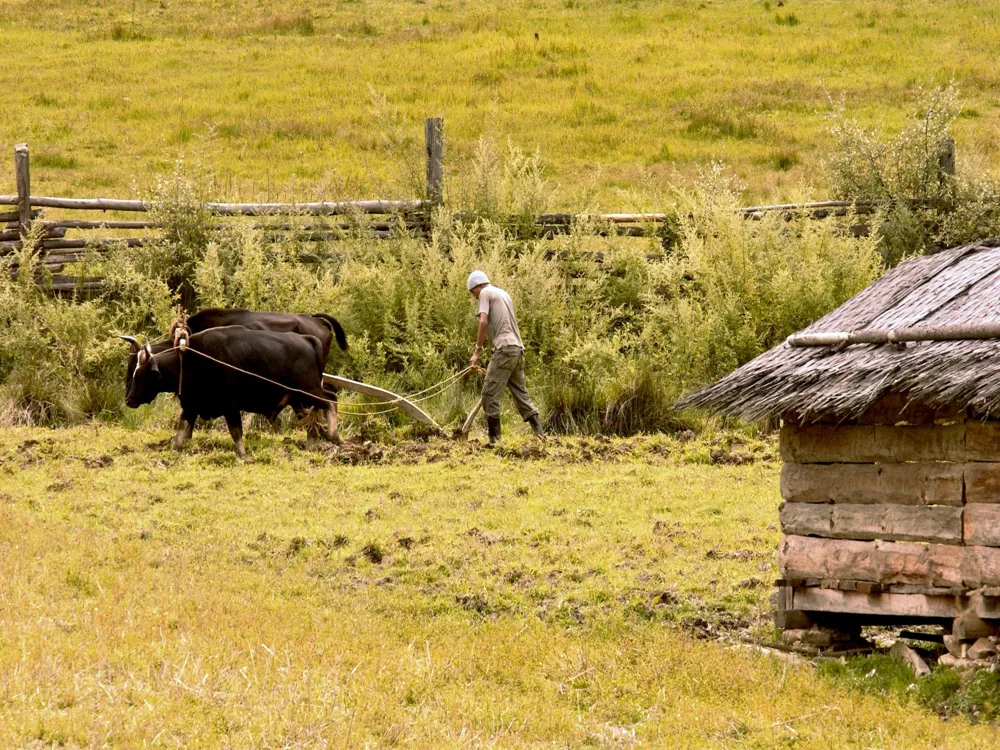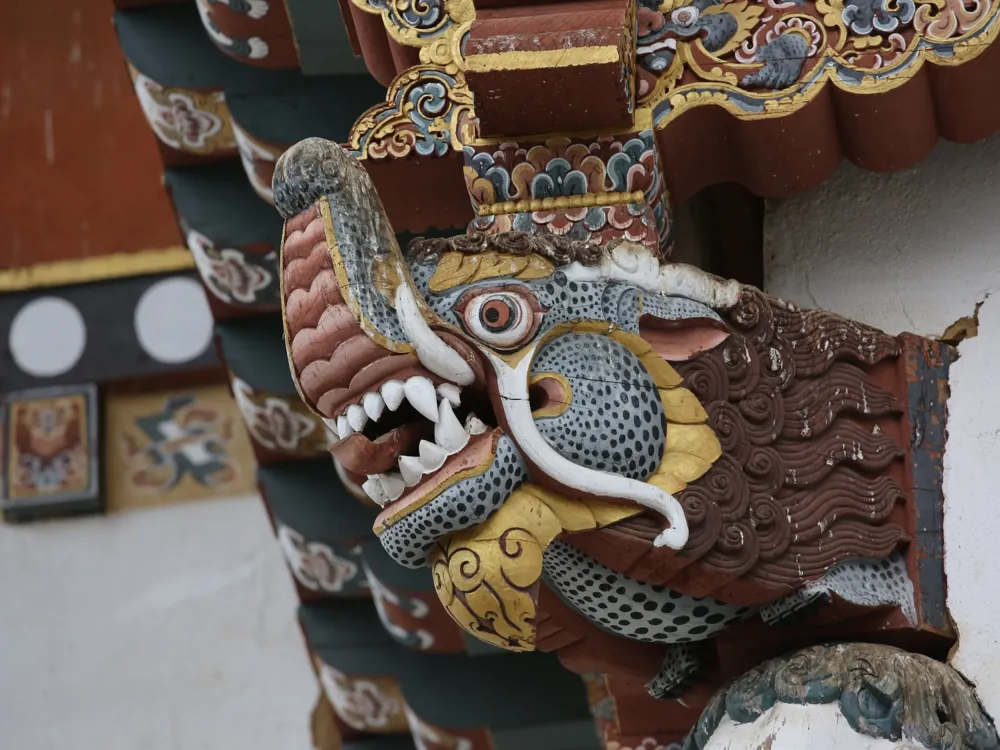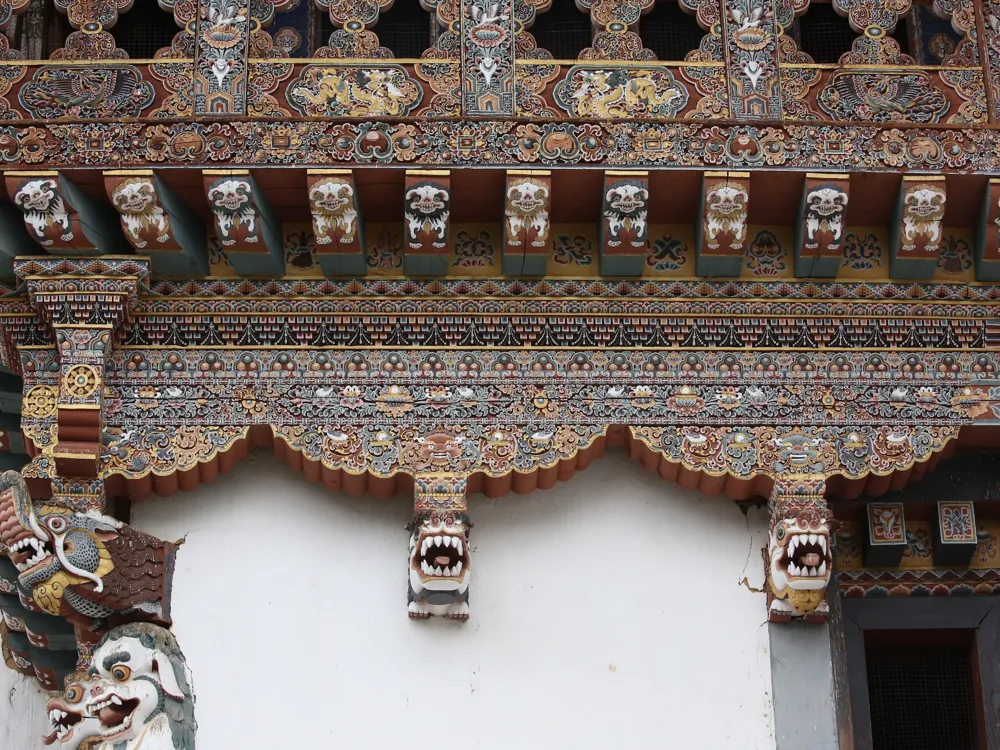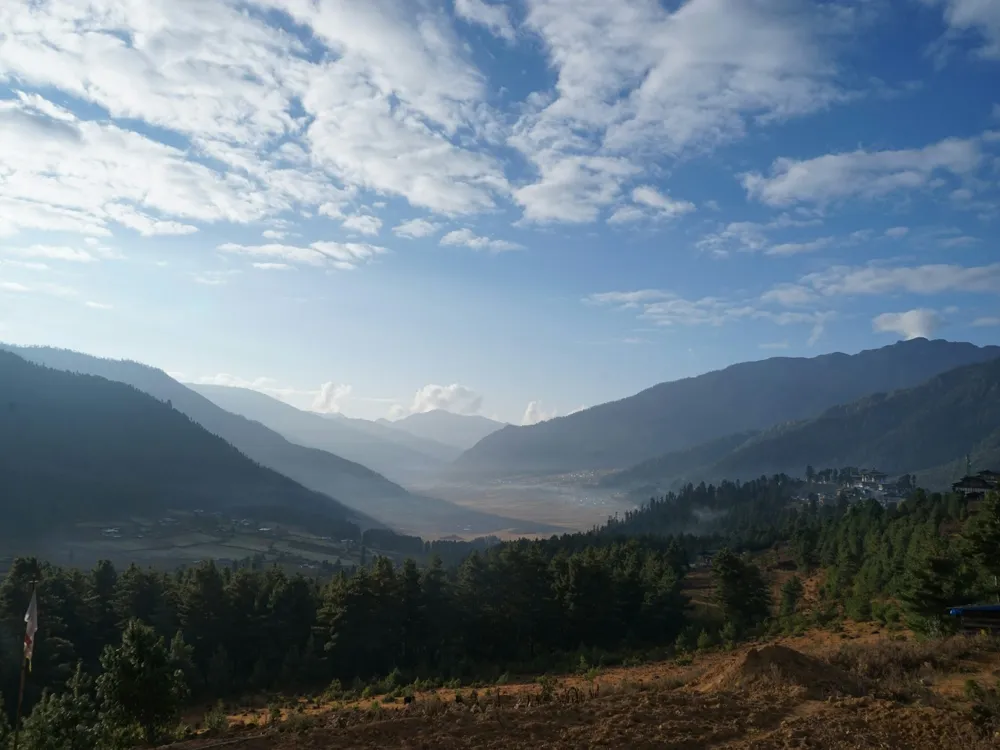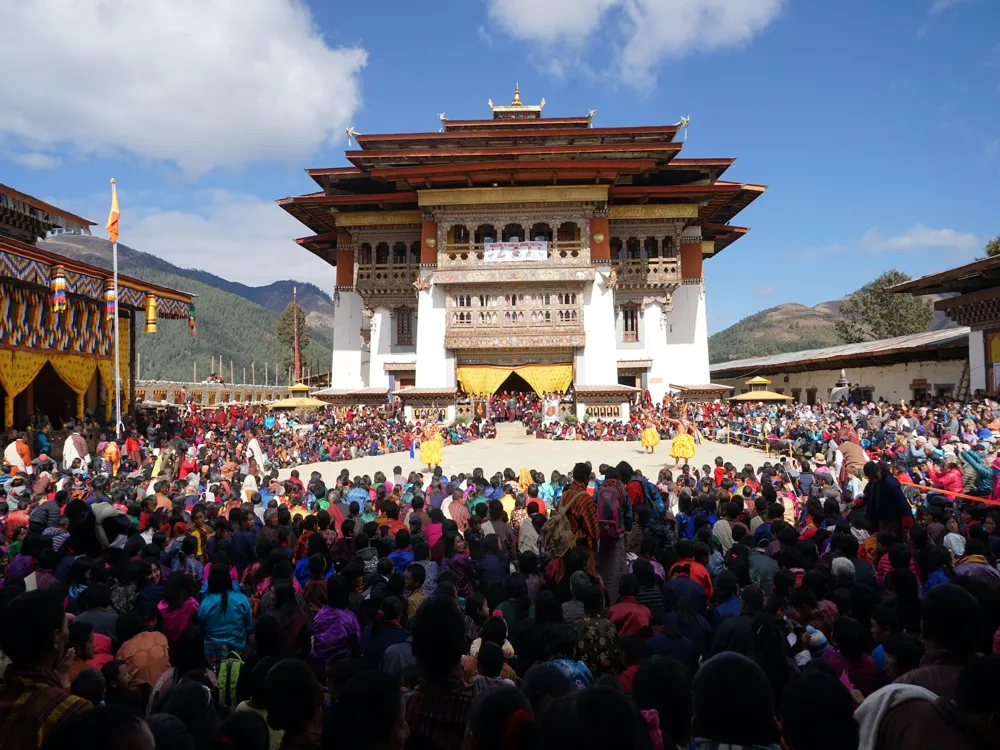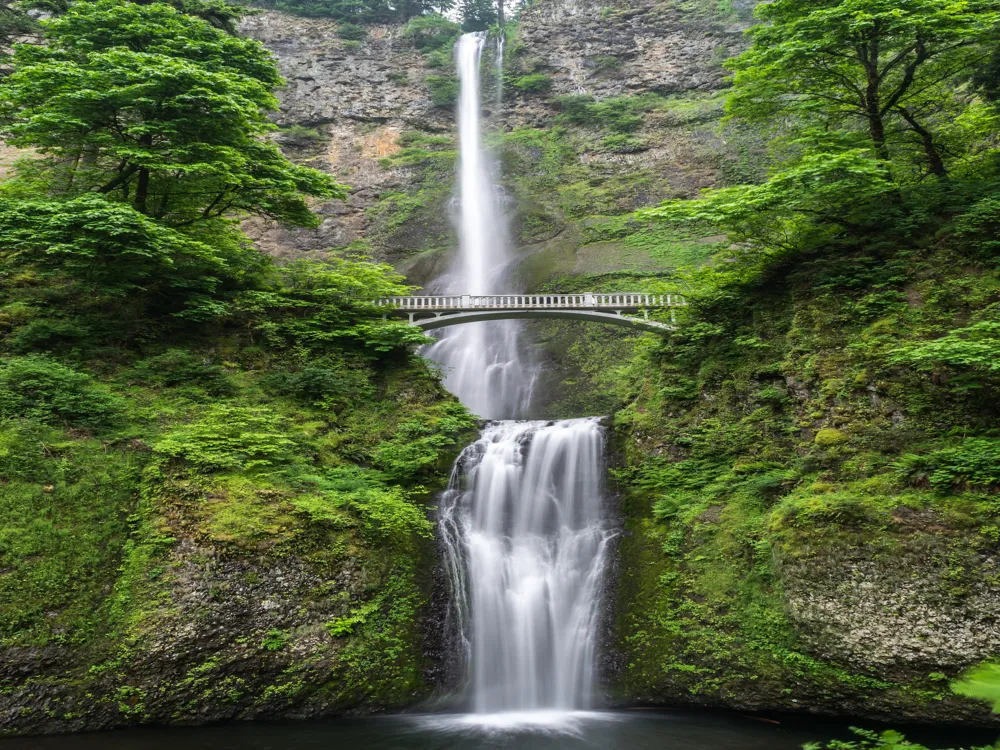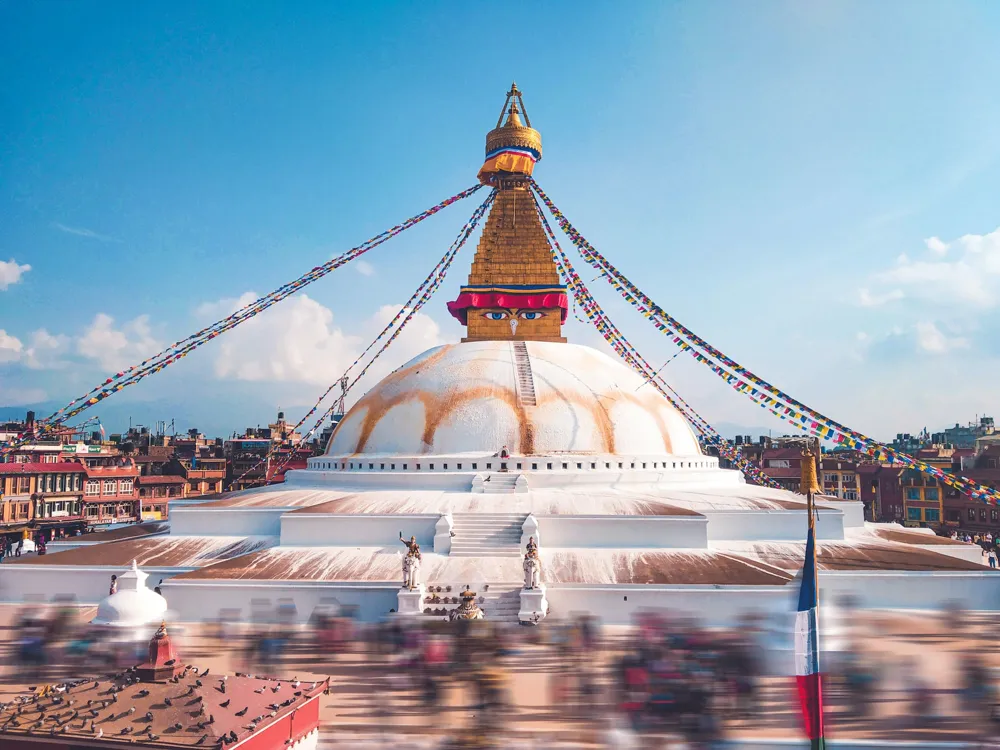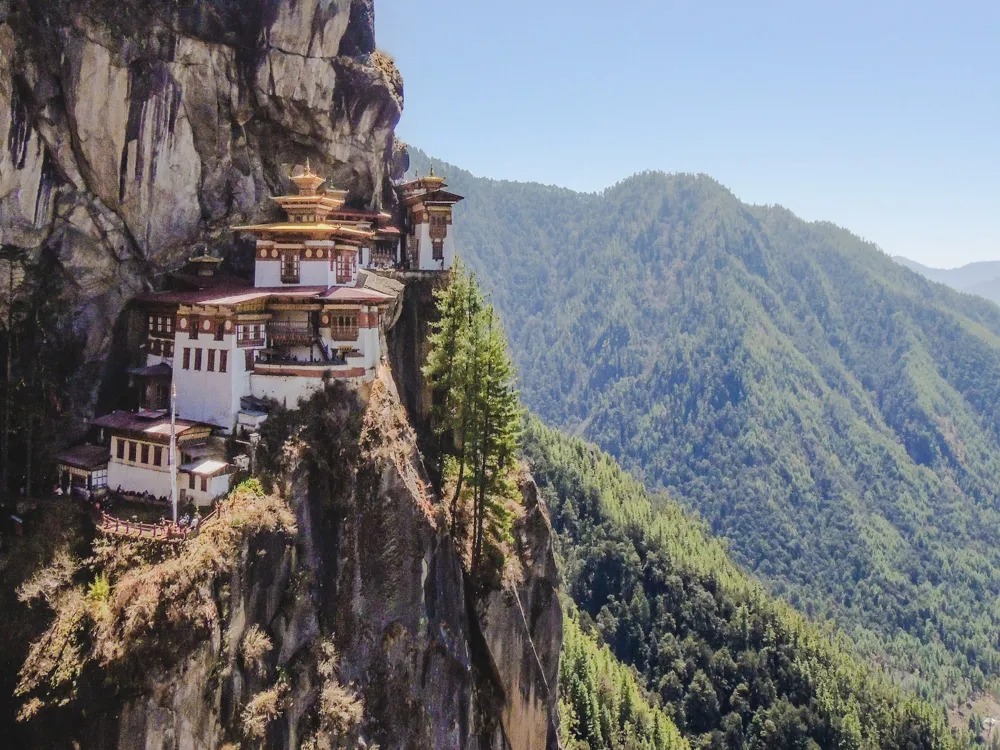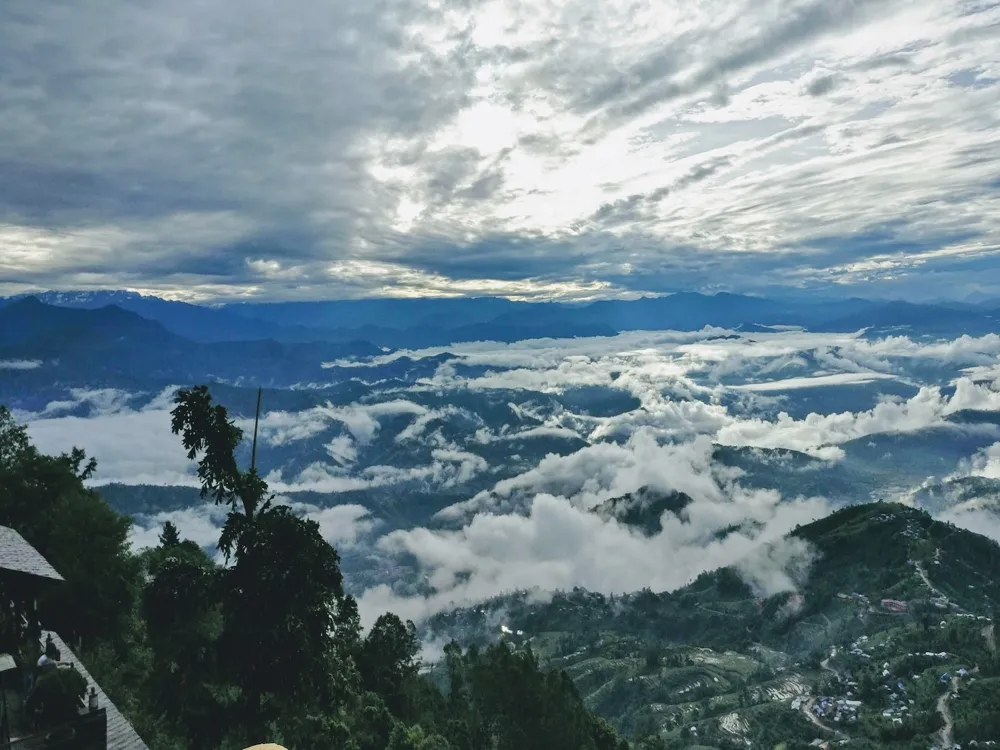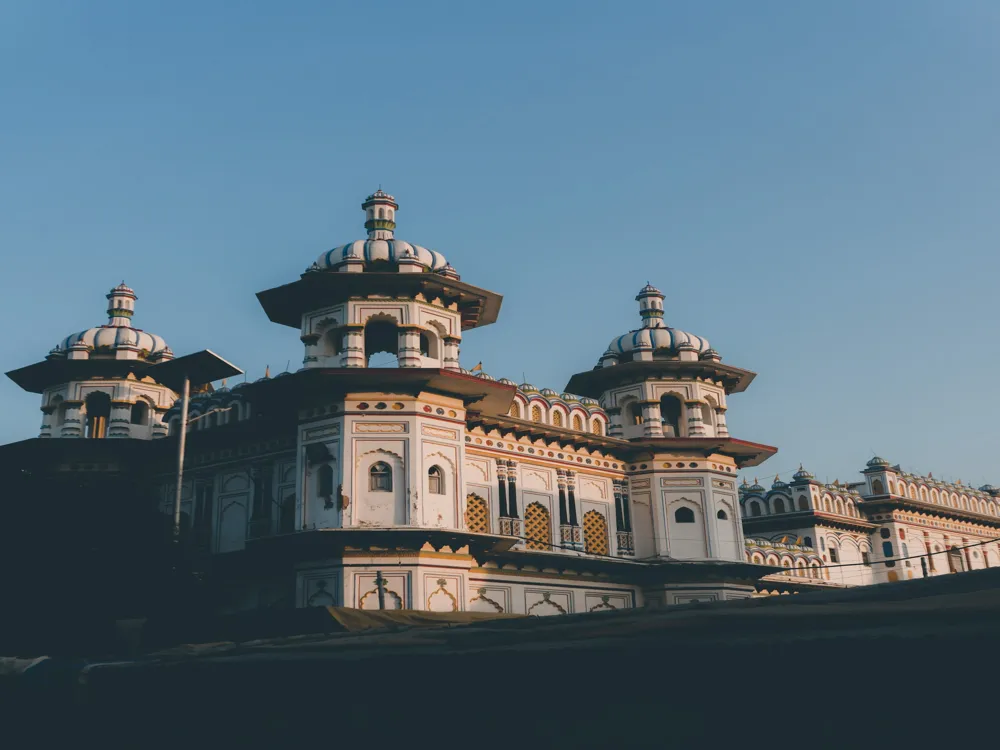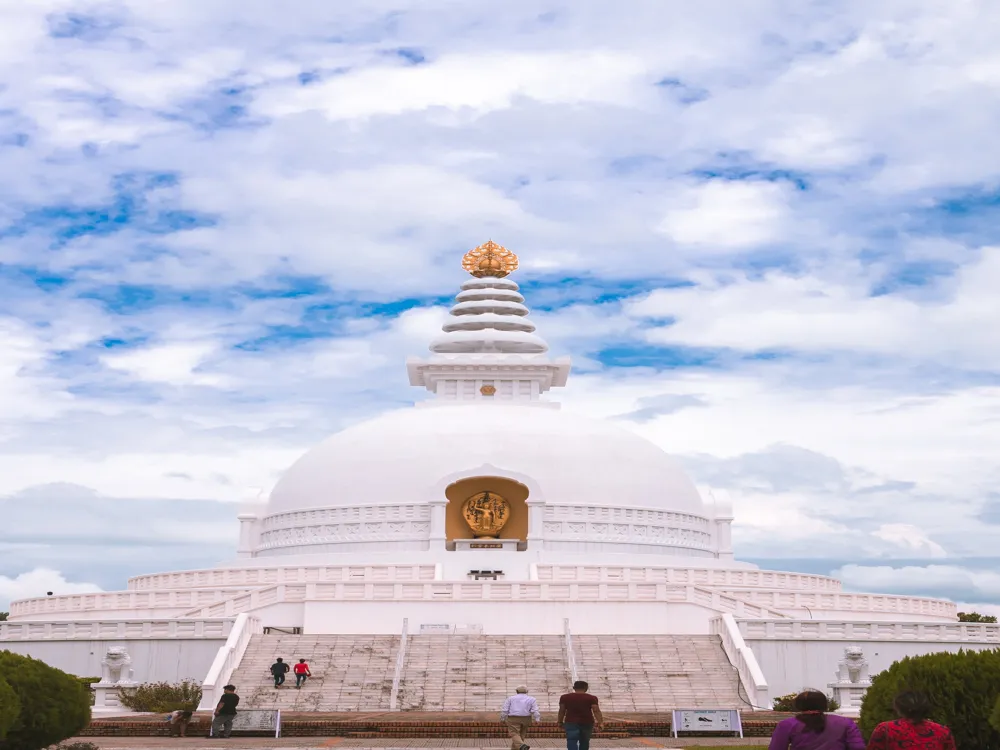Discovering the Hidden Gem: Phobjikha Valley (Gangtey)
Welcome to our comprehensive guide on how to reach the stunning Phobjikha Valley, also known as Gangtey, in Bhutan. Nestled in the central part of Bhutan, this valley is a serene escape, famed for its natural beauty and the winter home of the black-necked cranes. Whether you're an adventure seeker or a peace lover, Phobjikha Valley offers something for everyone. Let's explore the various modes of transportation that can take you to this beautiful destination.
Reaching Phobjikha Valley by Air
The most convenient way to start your journey to Phobjikha Valley is by air. The nearest airport to Phobjikha Valley is Paro International Airport, which is well connected with flights from major cities across the world. From Paro, you can hire a taxi or take a bus to reach Phobjikha Valley, which is approximately a 6-hour drive. The drive itself is a scenic journey, offering breathtaking views of Bhutan’s landscape.
Exploring by Road: Self-Drive and Taxis
If you prefer a road trip, you can rent a car from Paro or Thimphu. The roads in Bhutan are mountainous and winding, so ensure you're comfortable with hill driving. Alternatively, hiring a taxi is a popular option. Taxis can be booked in advance or hired from Paro or Thimphu. The journey by road offers an intimate experience of the Bhutanese countryside, with stops at local villages and monasteries.
Public Transport: Buses and Shared Taxis
For those looking for a budget-friendly option, public buses run from major cities like Thimphu and Paro to Phobjikha Valley. The journey might be longer, but it’s a great way to immerse yourself in the local culture. Shared taxis are also available, offering a balance between cost and comfort.
Trekking to Phobjikha Valley
For the more adventurous, trekking to Phobjikha Valley is an exhilarating option. There are several trekking routes, varying in difficulty, that lead to the valley. These treks offer a unique opportunity to experience Bhutan's pristine natural environment and rural life up close. Remember to hire a local guide for a safe and informative trekking experience.
Important Tips for Travelers
While planning your trip to Phobjikha Valley, consider the season, as winter can be quite cold, and some roads may be inaccessible. Always check local travel advisories and road conditions. Also, remember that Bhutan has a sustainable tourism policy, so you'll need to arrange your trip through a registered tour operator and pay the daily tariff, which includes accommodation, food, transport, and a guide.
Embracing the Journey
Reaching Phobjikha Valley is not just about the destination but also about the journey. Each mode of transportation offers a unique perspective of Bhutan’s stunning landscapes and rich culture. Whether you choose to fly, drive, or trek, your journey to Phobjikha Valley is sure to be an unforgettable experience. Safe travels!
Phobjikha Valley Travel Packages
View All Packages For Phobjikha Valley
Nearby Places Phobjikha Valley
Phobjikha Valley Photos
View All Photos For Phobjikha ValleyPlaces To Visit In Phobjikha Valley
Browse Package Collections
Browse Hotel Collections
Faq on Phobjikha Valley
Q: Where is Phobjikha Valley located?
A: Phobjikha Valley is situated in the Wangdue Phodrang District of central Bhutan, nestled amidst the eastern Himalayas.
Q: What is the best way to reach Phobjikha Valley?
A: The most common way to reach Phobjikha Valley is by road, either by private vehicle or hired taxi.
Q: Is there any airport nearby?
A: Yes, the nearest airport is in Paro, Bhutan. From there, you can either take a domestic flight to Bumthang Airport or drive to Phobjikha Valley, which takes approximately 6-7 hours.
Q: Can I reach Phobjikha Valley by public transportation?
A: While public transportation options are limited, you can take a bus from Thimphu or Punakha to Wangdue Phodrang and then hire a taxi or take a local bus to Phobjikha Valley.
Q: How long does it take to travel from Thimphu to Phobjikha Valley?
A: The journey from Thimphu to Phobjikha Valley by road takes approximately 4-5 hours, depending on traffic and road conditions.

